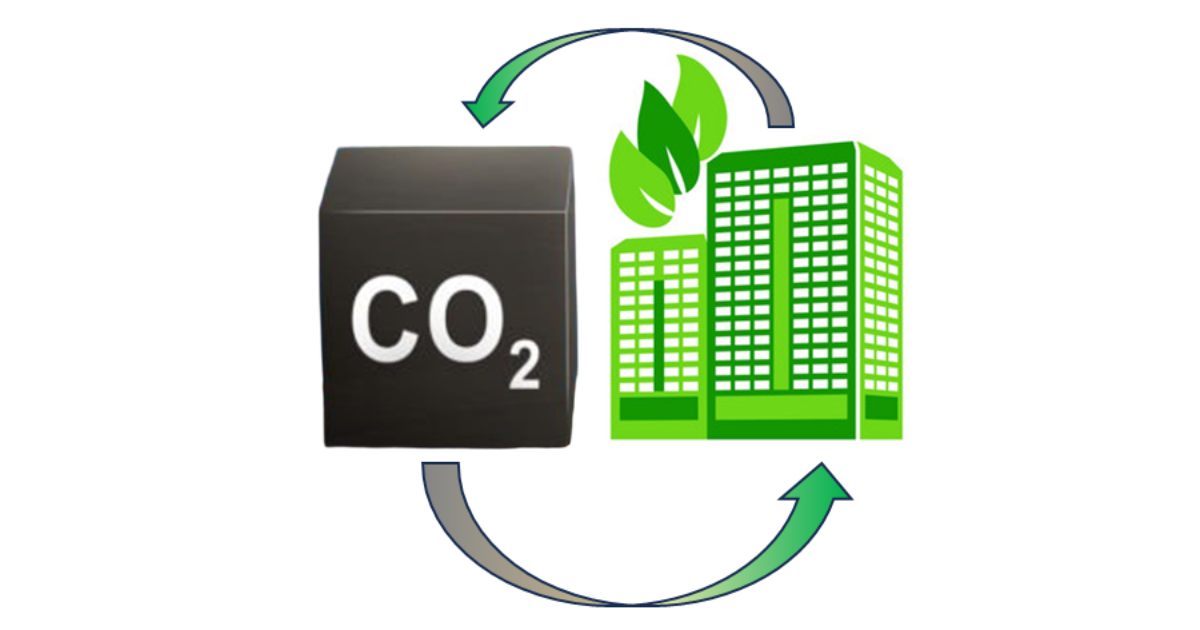Advances in Low Carbon Concrete and Structures
A special issue of Materials (ISSN 1996-1944). This special issue belongs to the section "Green Materials".
Deadline for manuscript submissions: 20 November 2024 | Viewed by 1043

Special Issue Editors
Interests: Carbon mineralization; thermal energy storage material; solid waste upcycling; cement chemistry; future types of cement
Special Issues, Collections and Topics in MDPI journals
Interests: future types of cement; alternative types of cement ; solid waste utilization; carbon mineralization; ultra-high-performance concrete; concrete repair and rehabilitation
Interests: future cements (cement efficiency enhancing strategies, novel supplementary cementitious materials, and alternative cements); solid waste upcycling; massive CO2 capture, utilization, and mineralization; thermal energy storage and micro-grid integration; materials characterization; multi-scale modeling; concrete durability; NDT and sensing; nano- and biological technologies in construction; and carbon-negative recovery of critical minerals (e.g., Ni, Co, Li, and Cu)
Special Issues, Collections and Topics in MDPI journals
Special Issue Information
Dear Colleagues,
The construction industry is shifting toward sustainability, focusing on reducing carbon emissions associated with concrete production, construction activities, and structures. The carbon emission from concrete production accounts for 7–8% of global atmospheric CO2 emission, and the carbon emission from buildings due to thermal loads is responsible for >10%. Achieving the paramount transformation to a sustainable construction industry will make a significant difference in combating climate change. To this end, much more research endeavor is needed, regarding (1) alternative cement formulations, including the novel low-carbon cement and the use of supplementary cementitious materials (SCMs) to partially replace cement; (2) recycled aggregates from solid waste and demolished concrete as sustainable alternatives; (3) optimization of concrete mixture to minimize cementitious material content while maintaining performance and durability, or enhancing concrete durability; (4) innovative construction techniques, such as 3D printing and prefabrication, to improve construction efficiency; (5) carbon capture from industrial emissions and carbon utilization in concrete production, including techniques such as injecting CO2 into fresh concrete, carbon curing, and carbon mineralization in cement/SCMs/aggregates; (6) carbon footprint reduction innovations, such as adoption of green energy; (7) carbon footprint and cost estimation over the life cycle of materials and structures; (8) the embracement of green structures through novel design, low-carbon materials, decarbonation techniques, and artificial intelligence; and (9) large-scale deployment and relevant regulations development.
We invite you to contribute your innovative findings in the above-mentioned aspects to propel the discourse on advancements in low-carbon concrete structures, fighting together for a zero-carbon construction industry. In this Special Issue, original research articles and reviews are welcome. The topics of interest include, but are not limited to, the following:
- Novel low-carbon cement (e.g., low-calcium cement, blended cement, magnesium phosphate cement, and geopolymer);
- Conventional and alternative SCMs;
- Low-carbon concrete (e.g., novel admixtures, recycled aggregate, low-cement mixture design, and high-performance concrete);
- Carbon utilization techniques in concrete;
- Low-carbon concrete structure;
- Integration of machine learning or artificial intelligence;
- Innovations in construction (e.g., green energy and 3D printing);
- Intelligent structure and materials;
- Energy-saving structures (e.g., phase change material-integrated functional concrete structure);
- Carbon footprint calculation and Life cycle assessment (LCA);
- Standards/Policies/Certificates development for low-carbon materials/structures.
We look forward to receiving your contributions.
Dr. Wenyu Liao
Dr. Jihui Qin
Dr. Hongyan Ma
Guest Editors
Manuscript Submission Information
Manuscripts should be submitted online at www.mdpi.com by registering and logging in to this website. Once you are registered, click here to go to the submission form. Manuscripts can be submitted until the deadline. All submissions that pass pre-check are peer-reviewed. Accepted papers will be published continuously in the journal (as soon as accepted) and will be listed together on the special issue website. Research articles, review articles as well as short communications are invited. For planned papers, a title and short abstract (about 100 words) can be sent to the Editorial Office for announcement on this website.
Submitted manuscripts should not have been published previously, nor be under consideration for publication elsewhere (except conference proceedings papers). All manuscripts are thoroughly refereed through a single-blind peer-review process. A guide for authors and other relevant information for submission of manuscripts is available on the Instructions for Authors page. Materials is an international peer-reviewed open access semimonthly journal published by MDPI.
Please visit the Instructions for Authors page before submitting a manuscript. The Article Processing Charge (APC) for publication in this open access journal is 2600 CHF (Swiss Francs). Submitted papers should be well formatted and use good English. Authors may use MDPI's English editing service prior to publication or during author revisions.
Keywords
- low-carbon structure
- low-carbon concrete
- supplementary cementitious material (SCM)
- alternative cementitious material
- carbon capture, utilization, and storage (CCUS)
- carbon footprint
- embodied carbon
- thermal energy storage (TES)
- life cycle assessment (LCA).








